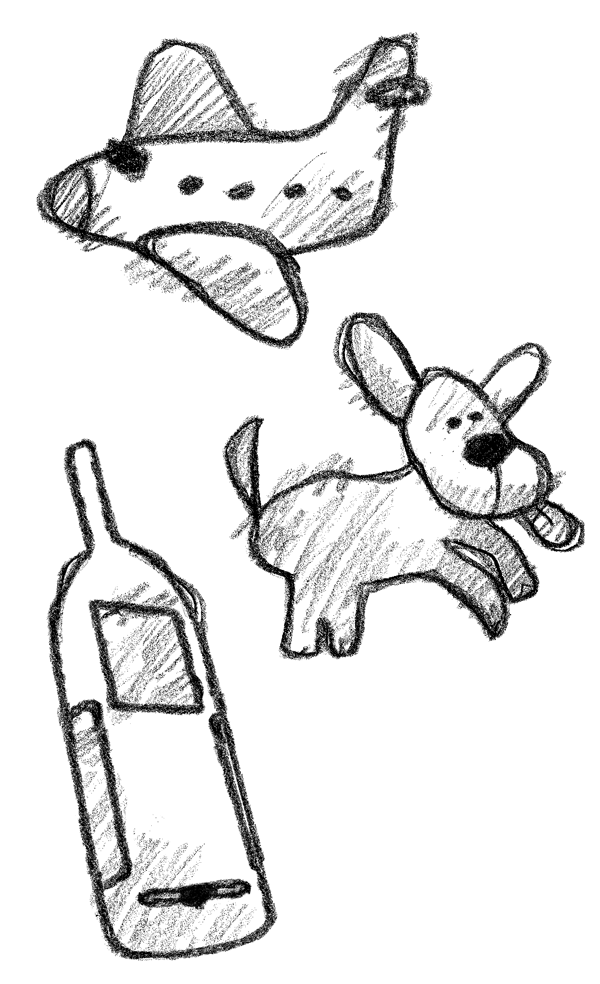Main Menu
- Home
- Products
- Applications
- Product Support
- Service
- Learn
- Product News
- About Us
- Contact Us

Did you hear that? Was it a dog or a plane?
Have you been tasked with identifying the source of an unwanted noise or monitoring for noise exceedance? To identify a noise’s source, you will want to listen to the noise itself. This means
installing some kind of sound monitor and audio recorder. There are some tricks that can make the job more cost efficient and practical.
By recording audio clips from noise events only, you save on data communication costs and can manage and analyze data much more easily. Larson Davis’ SoundAdvisor Series of handheld, portable, or permanent monitoring systems can help you comply with noise regulations on your next project.